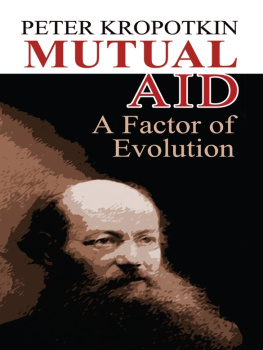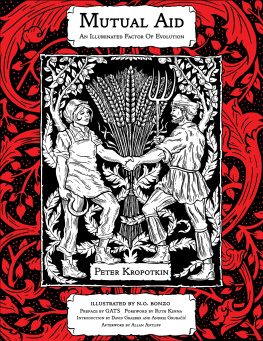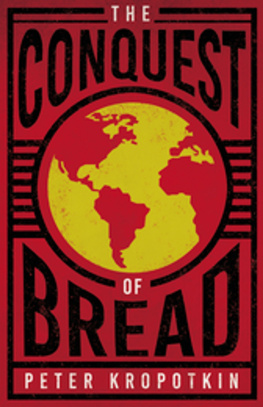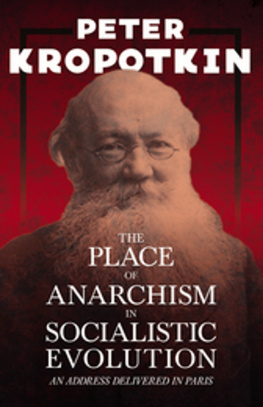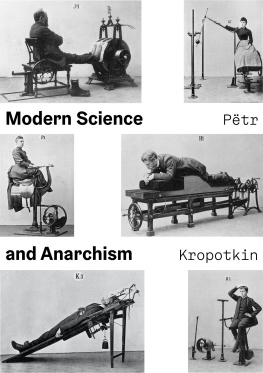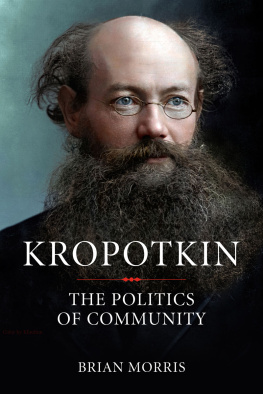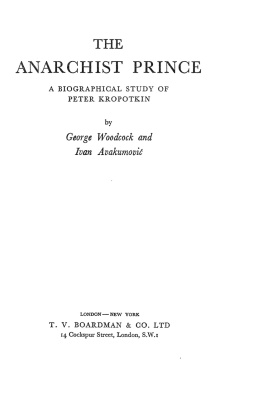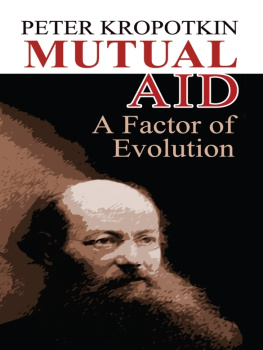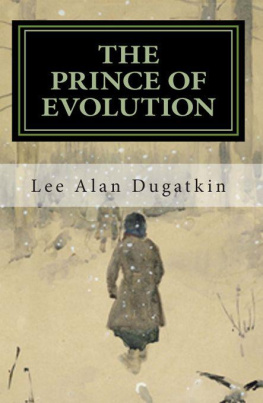I.SWARMS OF BUTTERFLIES, DRAGON-FLIES, ETC.
(To. p. 8)
M. C. PIEPERS has published in Natuurkunding Tijdschrift voor Neederlandsch Indi, 1891, Deel L. p. 198 (analyzed in Naturwissen-schaftliche Rundschau, 1891, vol. vi. p. 573), interesting researches into the mass-flights of butterflies which occur in Dutch East India, seemingly under the influence of great draughts occasioned by the west monsoon. Such mass-flights usually take place in the first months after the beginning of the monsoon, and it is usually individuals of both sexes of Catopsilia (Callidryas) crocale, Cr., which join in it, but occasionally the swarms consist of individuals belonging to three different species of the genus Eupha. Copulation seems also to be the purpose of such flights. That these flights are not the result of concerted action but rather a consequence of imitation, or of a desire of following all others, is, of course, quite possible.
Bates saw, on the Amazon, the yellow and the orange Callidryas assembling in densely packed masses, sometimes two or three yards in circumference, their wings all held in an upright position, so that the beach looked as though variegated with beds of crocuses. Their migrating columns, crossing the river from north to south, were uninterrupted, from an early hour in the morning till sunset ( Naturalist on the Amazon, p. 131).
Dragon-flies in their long migrations across the Pampas, come together in countless numbers, and their immense swarms contain individuals belonging to different species (Hudson, Naturalist on the La Plata, pp. 130 seq. ).
The grasshoppers ( Zoniopoda tarsata ) are also eminently gregarious (Hudson, l. c. p. 125).
II.THE ANTS.
(To p. 11)
Pierre Hubers Les fourmis indignes (Genve, 1810), of which a cheap edition was issued in 1861 by Cherbuliez, in the Bibliothque Genevoise, and of which translations ought to be circulated in cheap editions in every language, is not only the best work on the subject, but also a model of really scientific research. Darwin was quite right in describing Pierre Huber as an even greater naturalist than his father. This book ought to be read by every young naturalist, not only for the facts it contains but as a lesson in the methods of research. The rearing of ants in artificial glass nests, and the test experiments made by subsequent explorers, including Lubbock, will all be found in Hubers admirable little work. Readers of the books of Forel and Lubbock are, of course, aware that both the Swiss professor and the British writer began their work in a critical mood, with the intention of disproving Hubers assertions concerning the admirable mutual-aid instincts of the ants; but that after a careful investigation they could only confirm them. However, it is unfortunately characteristic of human nature gladly to believe any affirmation concerning men being able to change at will the action of the forces of Nature, but to refuse to admit well-proved scientific facts tending to reduce the distance between man and his animal brothers.
Mr. Sutherland (Origin and Growth of Moral Instinct) evidently began his book with the intention of proving that all moral feelings have originated from parental care and familial love, which both appeared only in warm-blooded animals; consequently he tries to minimize the importance of sympathy and co-operation among ants. He quotes Bchners book, Mind in Animals, and knows Lubbocks experiments. As to the works of Huber and Forel, he dismisses them in the following sentence; but they [Bchners instances of sympathy among ants] are all, or mostly all, marred by a certain air of sentimentalism... which renders them better suited for school books than for cautious works of science, and the same is to be remarked [italics are mine] of some of Hubers and Forels best-known anecdotes (vol. i. p. 298).
Mr. Sutherland does not specify which anecdotes he means, but it seems to me that he could never have had the opportunity of perusing the works of Huber and Forel. Naturalists who know these works find no anecdotes in them.
The recent work of Professor Gottfried Adlerz on the ants in Sweden, Myrmecologiska Studier: Svenska Myror och des Lefnadsfrhllanden (Bihang till Svenska Akademiens Handlingar, Bd. xi. No. 18, 1886), may be mentioned in this place. It hardly need be said that all the observations of Huber and Forel concerning the mutual-aid life of ants, including the one concerning the sharing of food, felt to be so striking by those who previously had paid no attention to the subject, are fully confirmed by the Swedish professor (pp. 136137).
Professor G. Adlerz gives also very interesting experiments to prove what Huber had already observed; namely, that ants from two different nests do not always attack each other. He has made one of his experiments with the ant, Tapinoma erraticum. Another was made with the common Rufa ant. Taking a whole nest in a sack, he emptied it at a distance of six feet from another nest. There was no battle, but the ants of the second nest began to carry the pup of the former. As a rule, when Professor Adlerz brought together workers, with their pup, both taken from different nests, there was no battle; but if the workers were without their pup, a battle ensued (pp. 185186).
He also completes Forels and MacCooks observations about the nations of ants, composed of many nests, and, taking his own estimates, which brought him to take an average of 300,000 Formica exsecta ants in each nest, he concludes that such nations may reach scores and even hundreds of millions of inhabitants.
Maeterlincks admirably written book on bees, although it contains no new observations, would be very useful, if it were less marred with metaphysical words.
III.NESTING ASSOCIATIONS.
(To p. 28)
Audubons Journals ( Audubon and his Journals, New York, 1898), especially those relating to his life on the coasts of Labrador and the St. Lawrence river in the thirties, contain excellent descriptions of the nesting associations of aquatic birds. Speaking of The Rock, one of the Magdalene or Amherst Islands, he wrote:At eleven I could distinguish its top plainly from the deck, and thought it covered with snow to the depth of several feet; this appearance existed on every portion of the flat, projecting shelves. But it was not snow: it was gannets, all calmly seated on their eggs or newly-hatched broodtheir heads all turned windwards, almost touching each other, and in regular lines. The air above, for a hundred yards and for some distance round the rock, was filled with gannets on the wing, as if a heavy fall of snow was directly above us. Kittiwake gulls and foolish guillemots bred on the same rock ( Journals, vol. i. pp. 360363).
In sight of Anticosti Island, the sea was literally covered with foolish guillemots and with razor-billed auks (Alca torva). Further on, the air was filled with velvet ducks. On the rocks of the Gulf, the herring gulls, the terns (great, Arctic, and probably Fosters), the Tringa pusilla, the sea-gulls, the auks, the Scoter ducks, the wild geese (Anser canadensis), the red-breasted merganser, the cormorants, etc., were all breeding. The sea-gulls were extremely abundant there; they are for ever harassing every other bird, sucking their eggs and devouring their young; they take here the place of eagles and hawks.
On the Missouri, above Saint Louis, Audubon saw, in 1843, vultures and eagles nesting in colonies. Thus he mentioned long lines of elevated shore, surmounted by stupendous rocks of limestone, with many curious holes in them, where we saw vultures and eagles enter towards duskthat is, turkey buzzards (Cathartes aura) and bald eagles (Haliatus leucocephalus), E. Cous remarks in a footnote (vol. i. p. 458).

